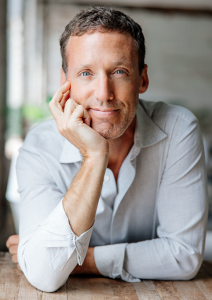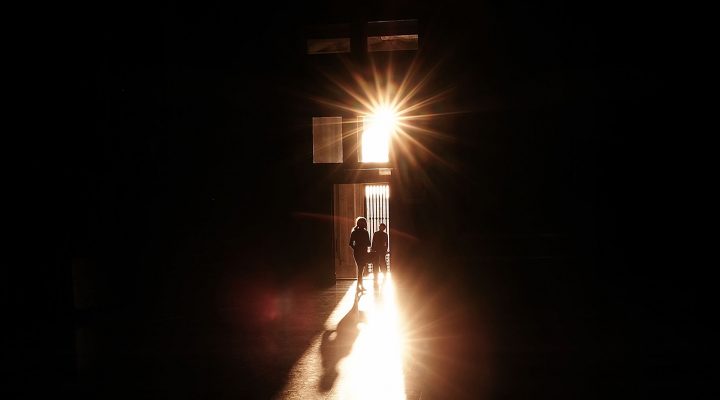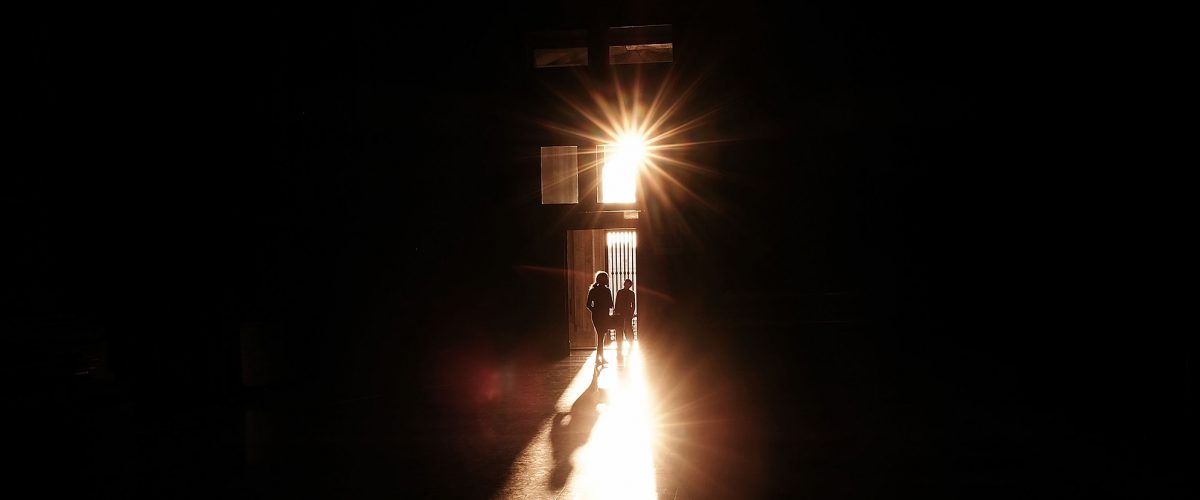With the pope all over the headlines recently, I decided to do my homework and see what all the buzz was about. I came away fascinated and with renewed hope.
Since being elected in 2013, Pope Francis has advanced respect and inclusion of LGBTQ people, all the while holding to traditional Catholic views on family and marriage. Whatever your beliefs are on such matters, you have to marvel at how he holds the tension of seeming extremes in a way that makes them appear compatible. For he is clear on his traditional views on marriage, and he clearly demonstrates compassionate respect for LGBTQ people, with a conviction to make the church more inclusive.

Brian Nietzel
The most recent headlines are about a game-changing new document released from the Vatican, which formally allows Catholic priests to bless same-sex couples, marking a radical shift in policy. To clarify, the Catholic Church’s teaching on marriage has not changed. The released document affirms that unequivocally, as well as providing guidance to ensure lines are not blurred between these newly approved non-liturgical blessings and marriage ceremonies.
However, reaffirming their position on marriage is not the point of this new declaration. Rather, it is about reversing church practices and serving LGBTQ people in ways that to date have been withheld.
“I’m not a Catholic, but that sure sounds wonderful and important to me.”
In the Catholic Church, blessings are an embedded practice, with roots throughout all Christian history. A priestly blessing is a rite consisting of a ceremony and prayers performed with the authority of the church, signifying sanctification or dedication to some sacred purpose. I’m not a Catholic, but that sure sounds wonderful and important to me.
By restricting blessings, the new declaration states, “There is the danger that a pastoral gesture that is so beloved and widespread will be subjected to too many moral prerequisites” and thus outweigh the intent to express God’s love. It adds: “Thus, when people ask for a blessing, an exhaustive moral analysis should not be placed as a precondition for conferring it.”
Conservative evangelical leaders such as Franklin Graham and Al Mohler delivered quick and confident rebukes, both making clear what they feel is the more accurate Christian response to LGBTQ people. I’ll not recap their thoughts here, but I encourage you to look up their commentaries as you like. I will, however, acknowledge the stark contrast of their comments and tone with Pope Francis’ ability to hold both traditional doctrine and compassionate practices.
It saddens me that some see these as irreconcilable. It is not that controversial to include and bless those you disagree with, let alone to take responsibility for the plank in the church’s eye in regard to their historic treatment of LGBTQ people.
In 2016, the Marin Foundation released findings from a first-of-its-kind study on the religious history and practices of the LGBTQ community (published in the book Us Versus Us). The multi-year research included 1,700-plus respondents in all 50 states, following scientific research standards. The study found 86% of the LGBTQ community was raised in the church, and 54% left their faith communities after age 18 (versus 27% of the general population), with the top stated reason being negative personal experiences.
Unfortunately, LGBTQ experiences in the church generally remain unresolved and unaccounted for, taking a back seat to theological discussions and debates. Their tender stories deserve our attention. Since 2021, I have documented nearly 200 stories of LGBTQ people, capturing their experiences with church and family, both growing up and as an adult. I recently compiled seven brief excerpts which represent common themes of fear, rejection, despair, and self-hatred. I encourage you to take a moment and read those findings here. These are not easy to read. Yet they are vital to know.
“Until that reality sinks in, you’re not ready to have the conversation.”
The more I invite Christians to rethink how to best love our LGBTQ neighbor, the more I am convinced empathy is the key. Knowing the stories of LGBTQ people is so foundational. A pastor friend recently shared what he’s learned about LGBTQ people growing up in the church, how they begged God not to be gay, how God did not answer that prayer. He said, “Until that reality sinks in, you’re not ready to have the conversation.”
Thankfully, many Christians are having the conversation. Like this wonderful event last October, where 250 churchgoers and leaders representing two dozen local churches gathered at City Church of Long Beach, Calif. The event was in partnership with Oriented to Love, an organization that facilitates dialogues on sexuality and gender, seeking unity that is deeper than agreement amidst deep theological differences.
Their LGBTQ panel was intentionally diverse in their beliefs, including three conservatives and three progressives. Whereas most might have expected the night to devolve into a verbal brawl, it was entirely the opposite. With humility and respect, the panelists advocated for each other and for a more welcoming church.
Call me optimistic or even naive, but I believe we have much reason for hope. Yes, extreme voices seem to lead the conversation, making the noise and the news. Yet they do not represent the majority. From my vantage, I see an increasingly hopeful narrative playing out.
Like the event in Long Beach. Like Pope Francis. And like many of you, who are rethinking the Christian response and responsibility to LGBTQ people — which I propose is less about our positions and more about our practices. Which is great news, for whether your views lean traditional or progressive, all of us can be a part of what matters most: advocating for people more than our positions.
Brian Nietzel lives in Atlanta and is the founder of Making Things Right.
Related articles:
I asked people why they’re leaving Christianity, and here’s what I heard | Analysis by Brandon Flanery
How any pastor, even if they’re not affirming, can love queer people | Opinion by Brandon Flanery


